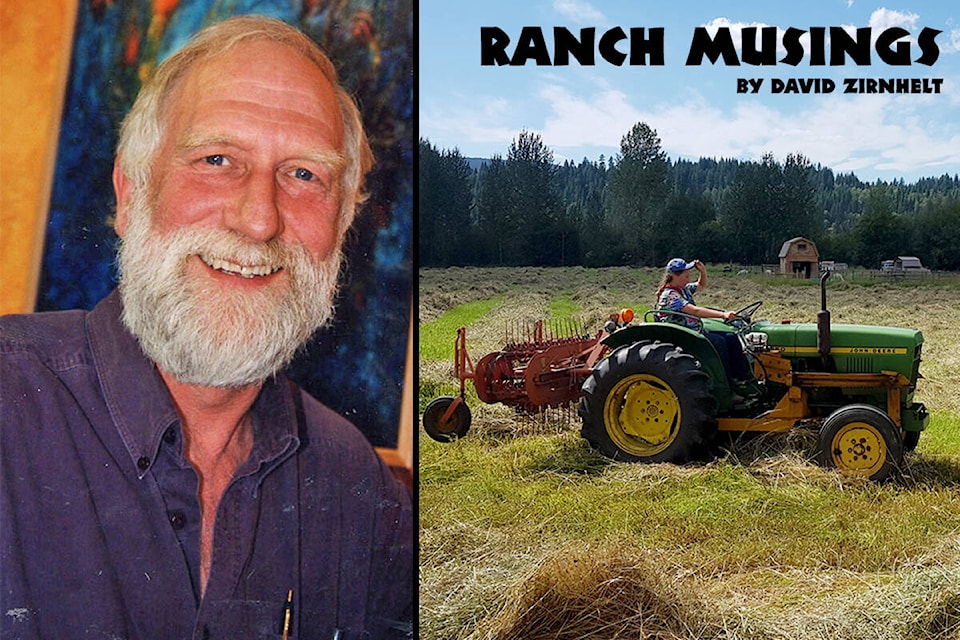Knowing that there was a forecast extreme cold warning of almost -40C, we were able to take precautions to ensure that the cattle and horses would have extra feed to keep warm.
It helps if the animals go into winter in good body condition thus able to be insulated and have fat reserves for energy.
It is not customary for animals to be in a barn unless they are working or sick. Working would be milking or draft animals that might get sweated up after working.
As a rule, all the breeds we have are accustomed to cold weather. They require extra feed, up to 25 per cent more, once the temperature is below -20C. That extra feed with its carbohydrates will keep the animals warm.
One variable is the windchill factor. Livestock owners must have shelter to cut the wind.
Many of us fence some forested areas into our feed grounds or leave a gate open into a sheltered area so the animals can move at will to stay out of the wind.
Many producers will construct wind fences if there aren’t enough trees where they feed. Most of us try to let the animals spread their own manure as evenly as possible over the farm fields and pastures. However, we can often temporarily move the feeding to a more sheltered area.
A common practice in breeding is to select out those individuals that keep well in the winter.
Managers need to remember that if the animals are relying on eating snow for water—a perfectly good practice— they will need extra feed for the energy required to melt the snow.
If you have a thin horse, it might not be able to melt sufficient snow for its water needs. In this case a heated (non-freezing) water trough may be required.
We are all energy conscious these days and like to use external energy only as required as opposed to using the earth’s natural energy. Many producers use “flow through” watering systems where the water supply is not a problem. Running water can come into the trough either by pump or better still by gravity and overflow into a well-drained soil.
Low wattage electric heaters can be placed in the water trough if there is an electrical supply available.
There are two designs of waterers that are quite common. The first is a covered well which gets it’s heat from the ground (below the frost line) and the cows or horses pump a mechanism with their noses to fill a water bowl. When they have finished drinking, the bowl drains back into the ground or the well.
The second is a series of water columns in two or three vertical culverts reaching below the frost level. One culvert has an insulated cover and it contains a float valve to refill the other culvert (could be two if there are a lot of animals drinking) which is an open column of water. The float valve mechanism must be protected against freezing.
An online search or approaching irrigation and plumbing providers can yield helpful suggestions.
monica.lamb-yorski@wltribune.com
Like us on Facebook and follow us on Twitter
